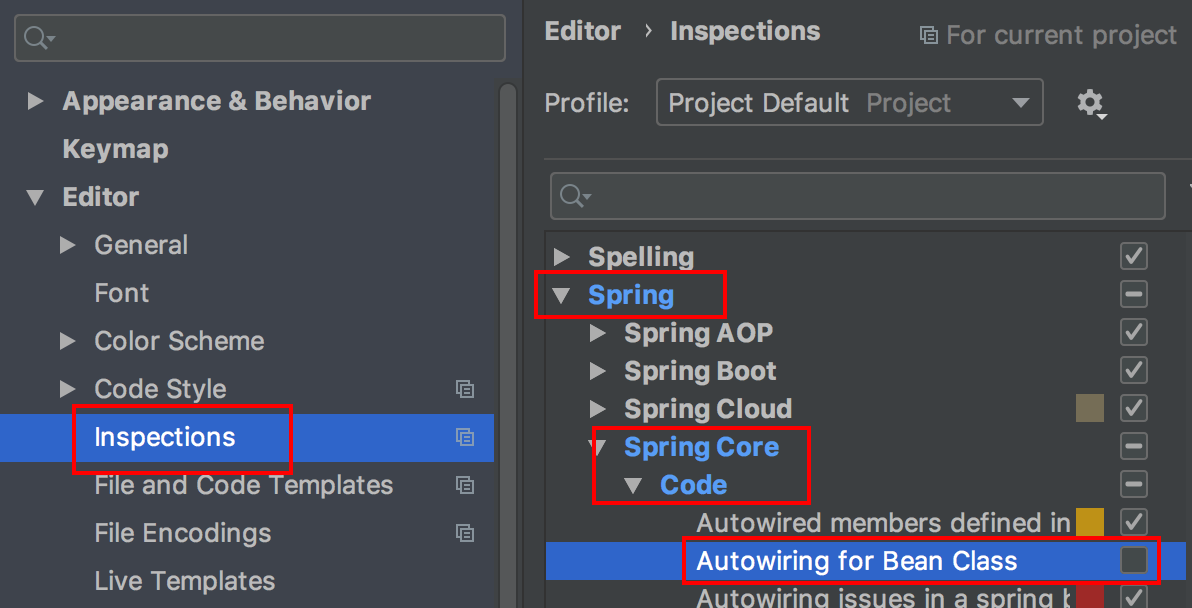解决java.sql.SQLException: The server time zone value is unrecognized or represents more than one time zone
我使用了 mysql-connector-java-8.0.19,运行程序时报错:
1 | java.sql.SQLException: The server time zone value '�й���ʱ��' is unrecognized or represents more than one time zone. |
按错误提示,需要在 spring.datasource.url 添加 serverTimezone=Asia/Shanghai 参数或者 GMT%2b8 表示 GMT+8 ,有些网友说写 CTT,我不知道写台湾的时区有啥意义。
1 | spring: |
如果mysql-connector-java用的6.0以上的,需要把com.mysql.jdbc.Driver 改为com.mysql.cj.jdbc.Driver,不然每次启动项目,都会有红色提示。

